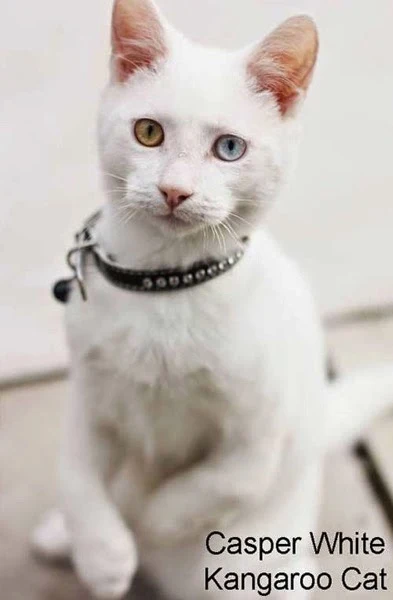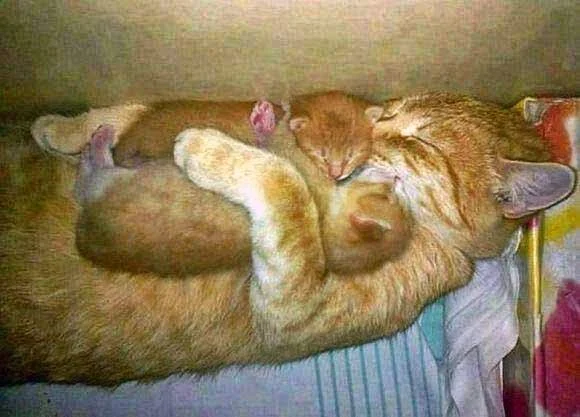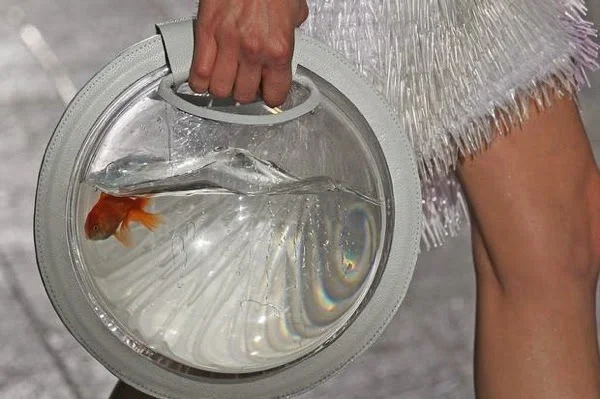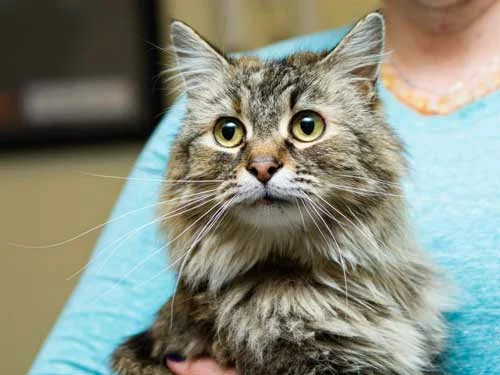Risk Factors for a Broken Human-Cat Bond
This is a
cross-post from the main site (to spread the word). It's actually an important subject because it goes to the heart of what is troubling people in the world of domestic cats, namely, unwanted and abandoned cats who are relinquished to local shelters because of a breakdown in the relationship between the owner and cat.
There are what experts describe as “risk factors", which if present in a home occupied by a domestic cat and a person indicates that the relationship between the person and the cat may fail leading to the abandonment of the cat to a local shelter.
In round terms and generalising somewhat, these risk factors center around the attitude of the person before adopting a cat and during the early part of the adoption process i.e. during the first 6 months of the relationship.
Before a person adopts a cat they really should be aware of what looking after a cat entails and in addition they should be aware of what natural
cat behaviour is and how to allow it in the home. Accordingly, if a person adopts a cat casually, particularly a young kitten in the first 6 months of her life then the chances of success are weakened. You can add to that another risk factor namely whether the young cat is neutered or spayed. If the cat isn't then once again the risk is higher for an abandonment.
You can see where this is going. This is about a person who adopts a cat rather casually. The person likes the appearance of a young kitten because, after all, they are very attractive. It is the spur of the moment adoptions without due consideration which are more likely to lead to failure because adopting a cat is not like buying a motorcar or any other inanimate object. You have to look after the cat for the life of the cat and that takes quite a lot of input and some money. When that dawns on people later in the day some of them might not like it and some don't have sufficient patience to see it through.
The same rather casual approach to cat adoption and caretaking is carried over into
veterinary care. Another risk factor is whether or not the cat is taken to a vet at any time during his or her stay with their new caretaker. If not at all then it indicates that the owner is either neglectful or without funds and this scenario points to a possible abandonment of the cat to a shelter.
Perhaps the most important risk factor or the most significant is whether the person who adopts a cat has fixed and entrenched views about how her cat should behave in the home. If those views are incorrect and centred around what the person wants and likes with a disregard for the need of a cat to express natural behaviour then once again the relationship between cat person is heading towards a breakdown, at least potentially.
You can actually change the title from "risk factors for broken human-bond" to "the sort of person who is likely to abandon their cat". That person will adopt the cat/kitten casually without sufficient research and without sufficient funding and not be that keen about keeping a cat or unsure and uncommitted. They may be ambivalent about it.
By contrast, a person who has thought long and hard about adopting a cat for the life of the cat and has ensured that they have sufficient funding to manage veterinary bills and all overheads while also having studied to a certain degree cat behaviour and the need to provide an enriched, calm and pleasing
environment for their cat, will succeed.














